Working Spaces: Catarina Glam
Last month, we featured Argentinian Illustrator María Luque, a creative who enjoys the process of working in public spaces such as galleries or cafés. We’ve learnt that some spaces can provide the right quietness to create small intricate pieces, but we also are aware that others need the freedom and versatility to create at a much bigger scale.
This is where we proudly introduce Catarina Glam – a Portuguese street artist and sculptor who assembles geometric characters, in ways that make them stand out and be enjoyed by local communities on the public realm. Originally a graffiti artist, she now splits her working time between Lisbon and Porto, exhibiting murals and wooden installations for The Leaf Boutique Hotel, Bairro Metropolitan, Pictoplasma, and many more.
It’s always refreshing to see an artist who works so playfully in 3D. Proceed to make yourself a hot drink, and read below to learn more about Catarina and her unique working process.
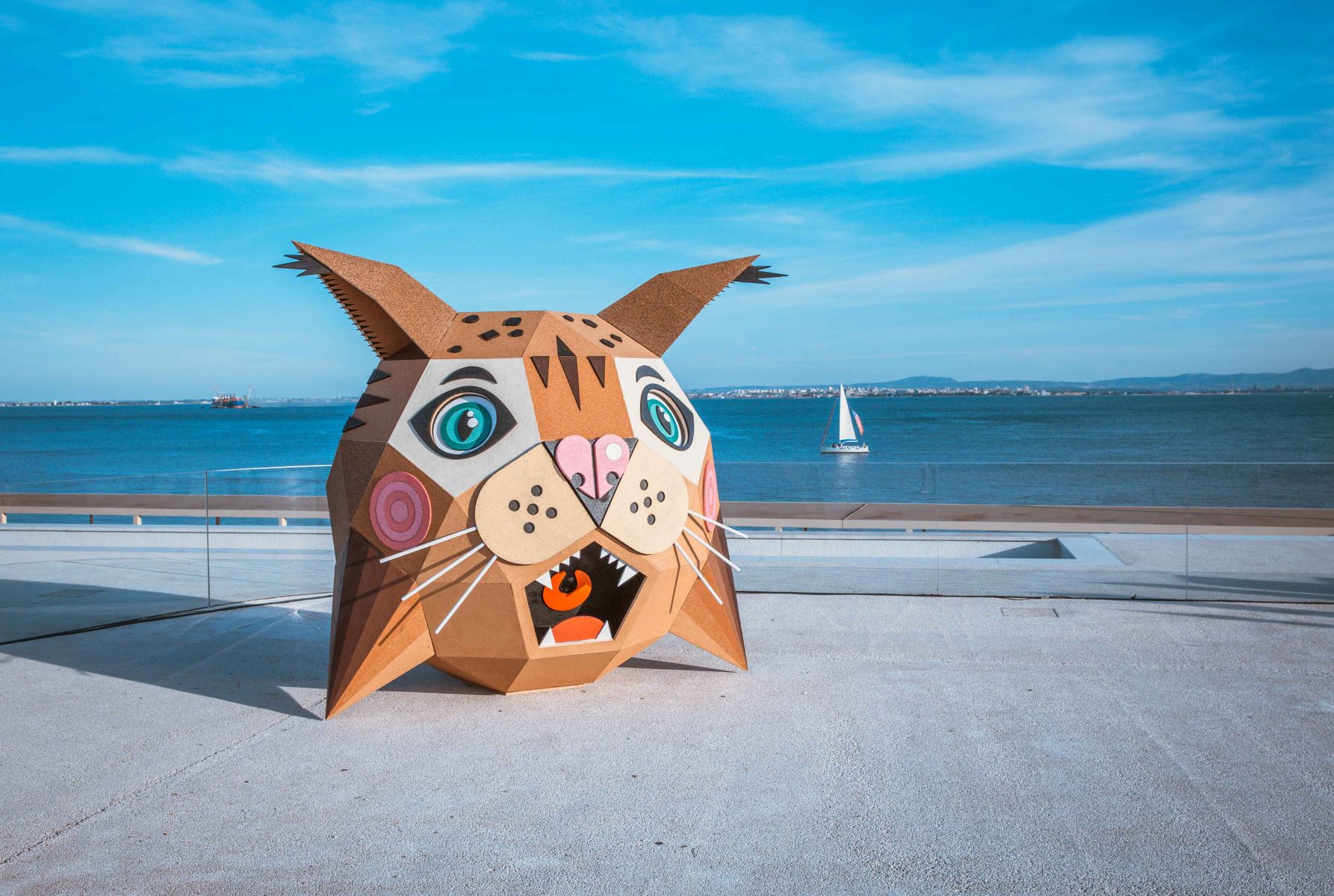
Tell us a bit about your work, and how you work!
I’ve been dedicated to urban art and character design from an early stage. After an initial journey through the universes of graffiti and paper craft, I found in mural painting and wood sculpture the possibility of increasing the scale of my creations so that they could exist on the street.
I have a workshop in Lisbon and I also work in a shared studio in Oporto. For now I develop most of my pieces in Lisbon because that’s where I have most of my machines, as well as more space to work. In this way I live and work between the two cities, depending on my ongoing projects. When I build a large-scale public installation, there are two phases – a first of preparation and painting of the component parts, which is done in a studio, and then the assembly that is done at the final location.
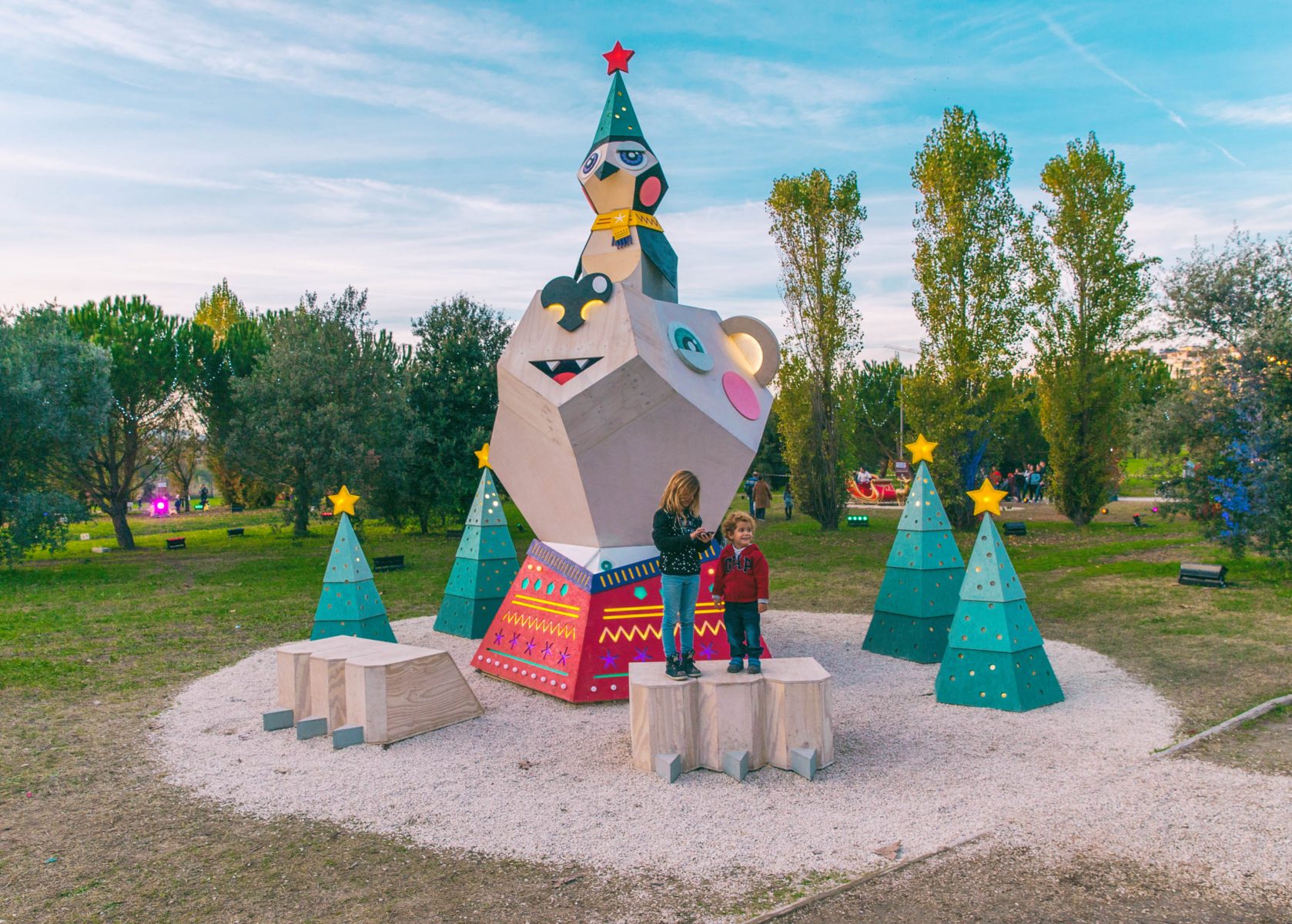
What challenges do you find in your working day? How do you problem solve?
It is not always easy to materialise my ideas or the illustrations I create in three dimensions, although they are usually already drawn in advance with this in mind. The fact that I am self-taught in the area of creative carpentry causes numerous challenges daily, which I have to learn to solve with the resources I have at the time. When I have specific problems I try to ask someone specialist, or watch tutorials on the internet. Regarding distractions, I try to be methodical and organised enough to save some time in order to have social life, fun and rest, but in general I am very focused on work.
Run us through a typical day or project, from the planning to the execution – how do you organise yourself?
I start by developing the illustrated project for the piece I want to make. Then I move on to studying the feasibility of building it, possible dimensions, researching materials, and then I spend a few days drawing up the technical drawings for cutting the pieces. Only after these steps I can start preparing the pieces in the studio, and then assembling the final sculpture.
I write to-do lists everyday to plan my tasks, and to try to not forget anything important and be as methodical as I can.
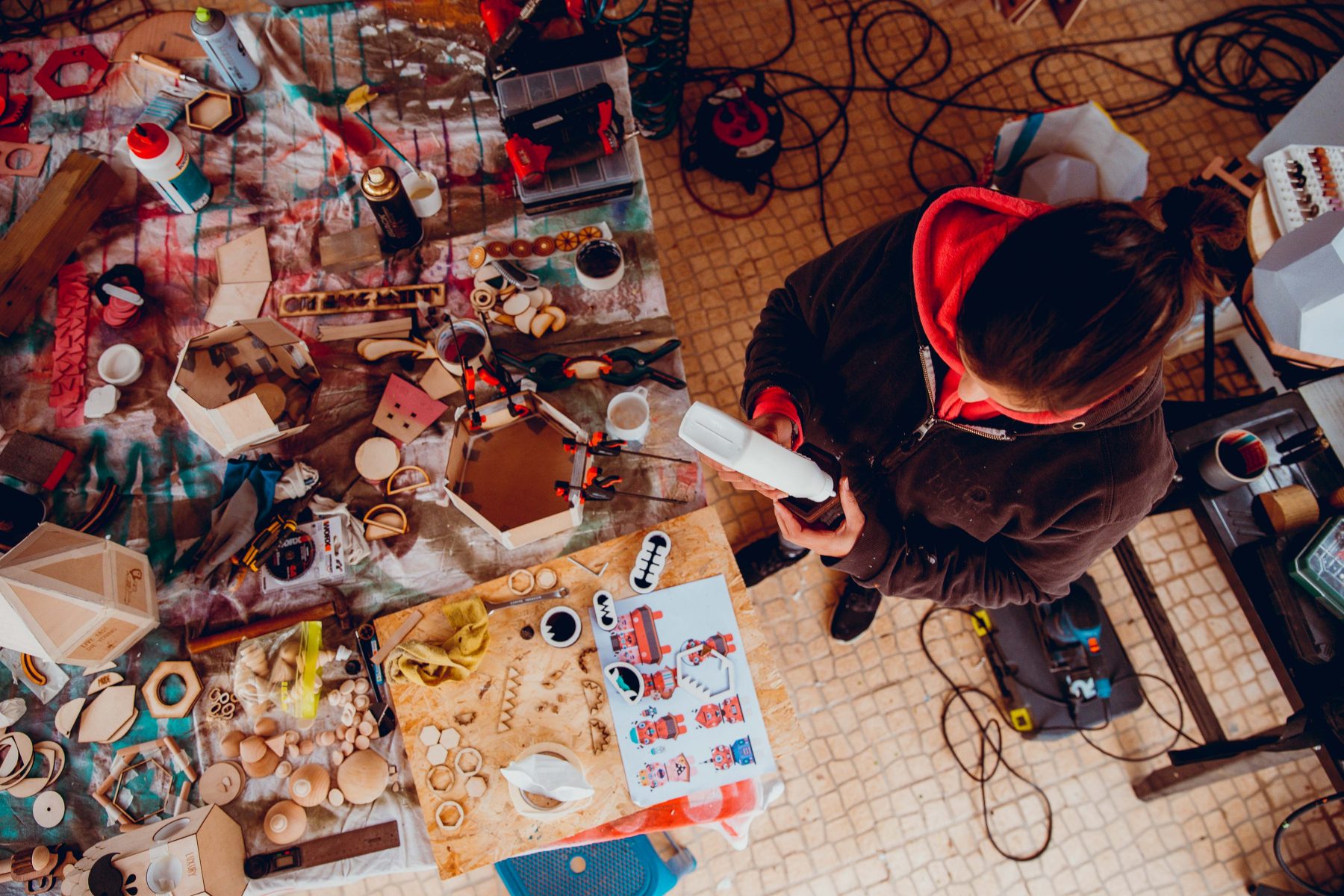
You tend to work on big pieces and installations! What are your essential tools?
To build large-scale sculptures and installations, I am counting on having a tool kit already prepared, which then I have to adapt depending on the piece I intend to build. My essential tools are many to describe, but without a doubt, portable machines and / or battery ones are very important for in-situ assemblages, as well as some hand tools, hardware and even spray paint, white glue and varnishes.
Do you tend to work alone, or do you have a team? If the latter, how do you project manage?
Both. In the studio I work more often alone, but for large-scale installations I always need to use a team, due to the dimensions and weight of the wood, and also to be able to create sculptures with all the details that characterize my aesthetics in short deadlines.
When I prepare my team for a new job, I always try to start with a briefing of the sculpture that we are going to build by distributing the tasks, in order to optimise the process. While some of us advance in the painting of previously cut pieces, others advance in the missing cuts and assembly so the timings are fulfilled. Each element takes care of the part for which it has more aptitude; teamwork plays an essential task, but at the same time all of us are individually able to perform any task.
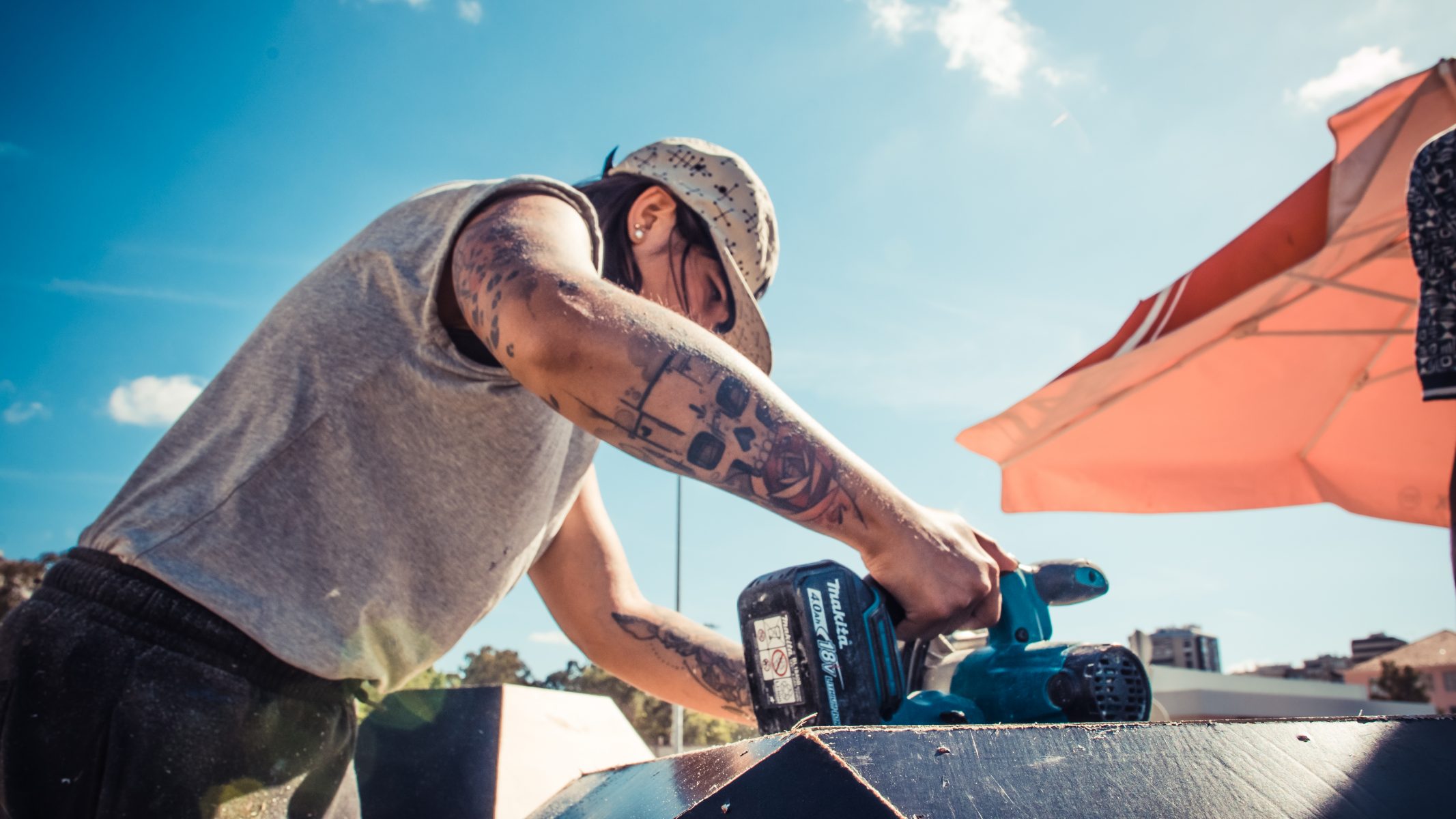
Do you follow any personal rules, or is it all play?
I have a series of personal rules, both in terms of job implementation, and in the jobs I choose to do. For example, I do not accept projects that do not value authorship, that defend a cause which I disagree with, or that have a budget below what I consider fair.
On the other hand, I create more practical rules that I apply daily in the execution of work and team management, which allow me to develop technically and practically and prevent me from repeating some previous mistakes, improving the process and the timings of execution.
In parallel, I try to enjoy the whole process, through trial and error and continuous learning.
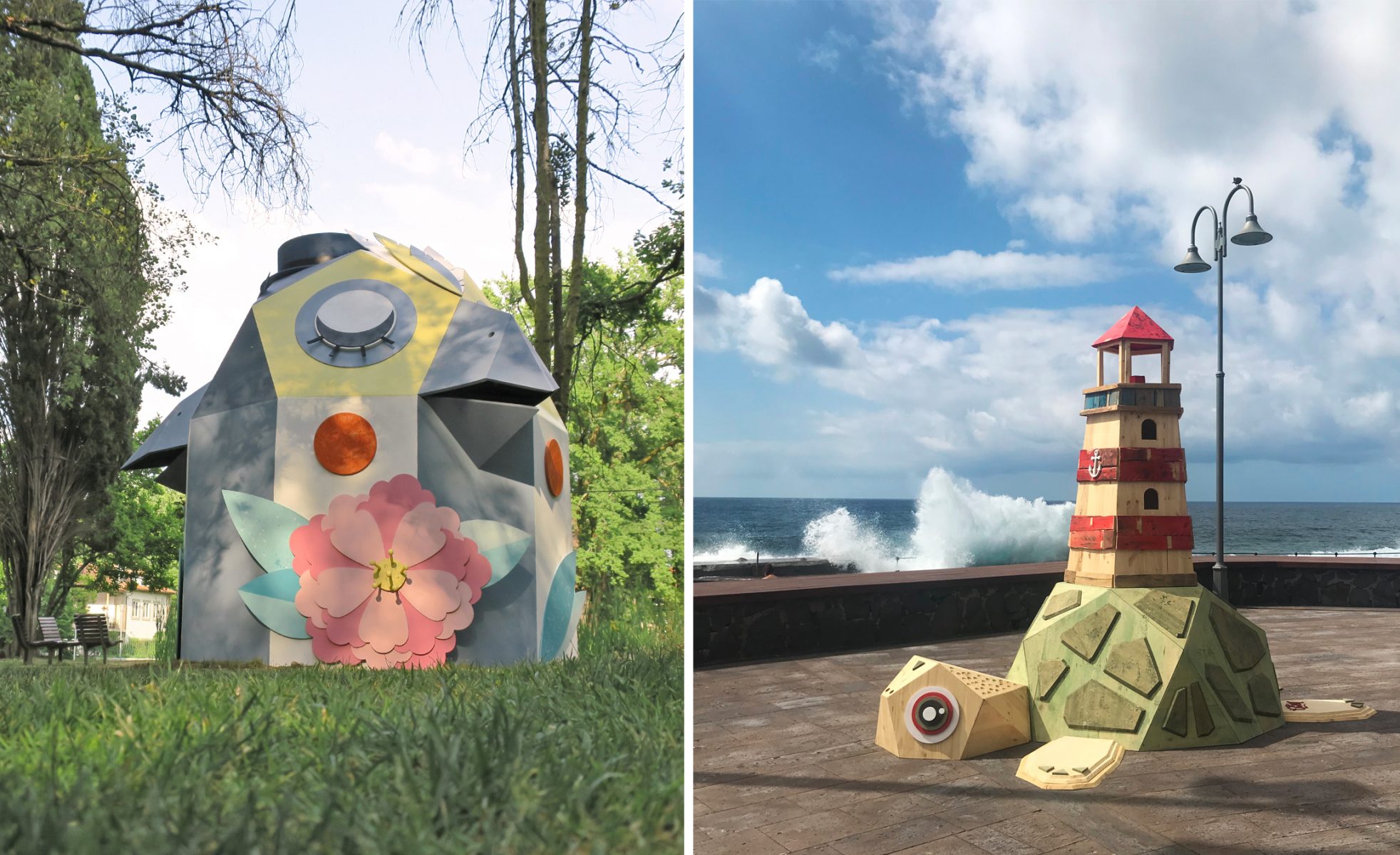
Many thanks to Catarina for taking part in our interview! See more of her work on her Instagram.
Previous Working Spaces interviews:
Back to News Page
